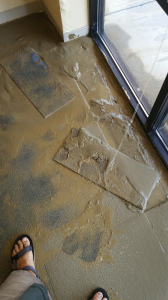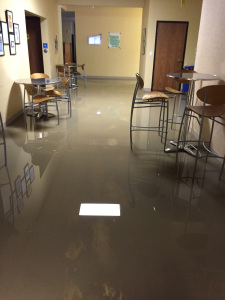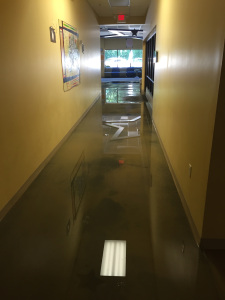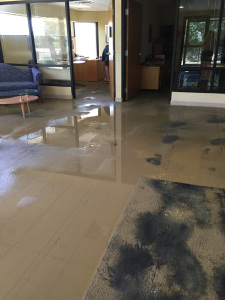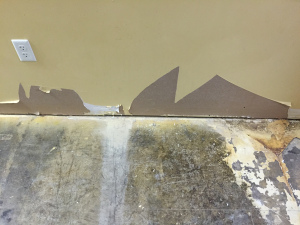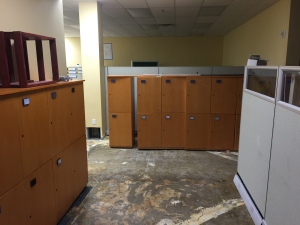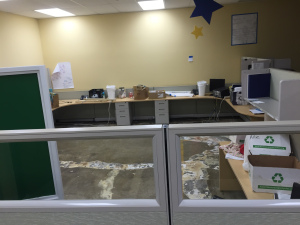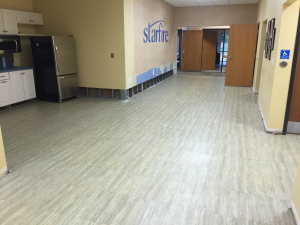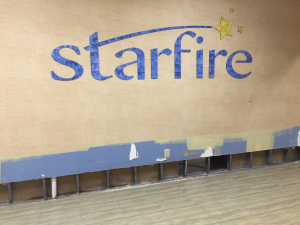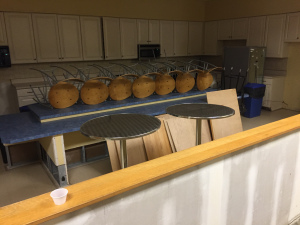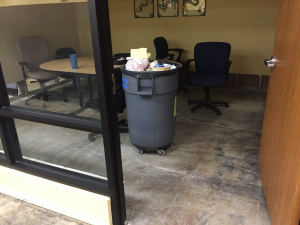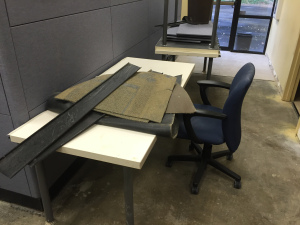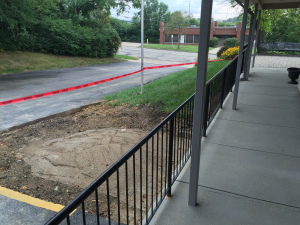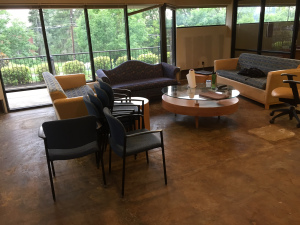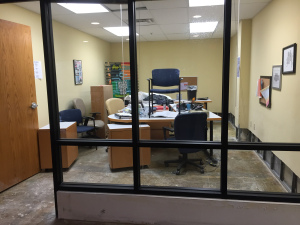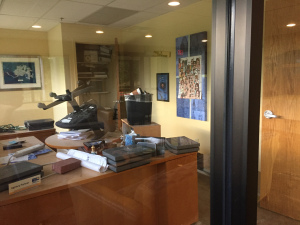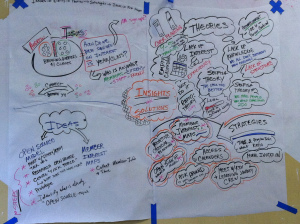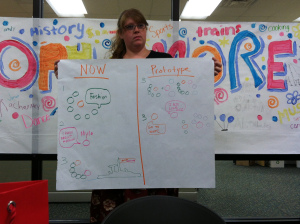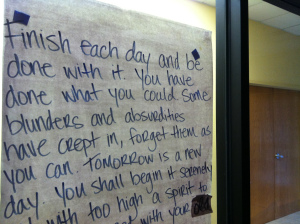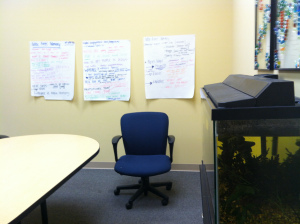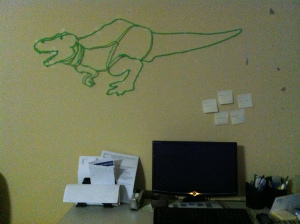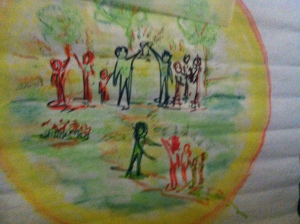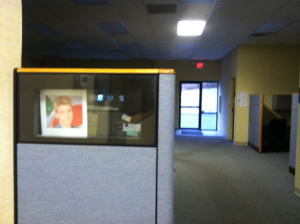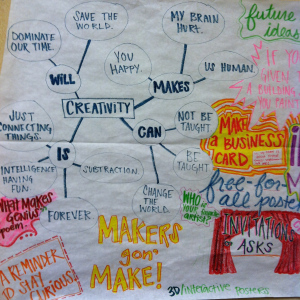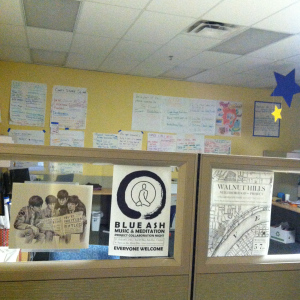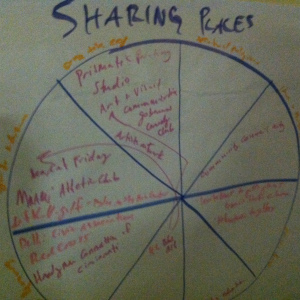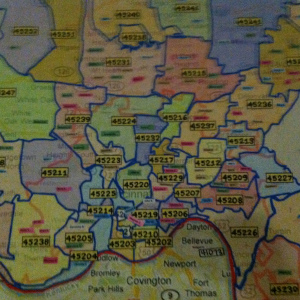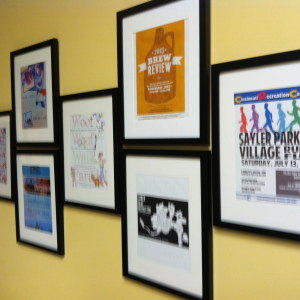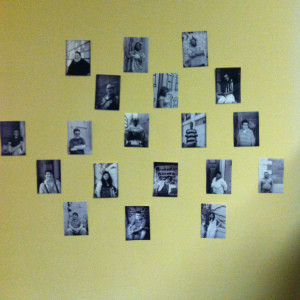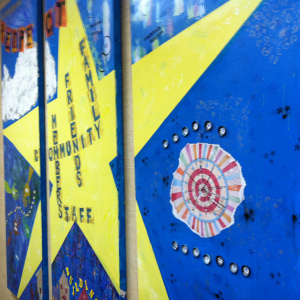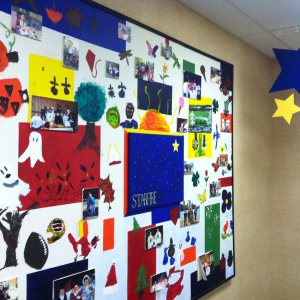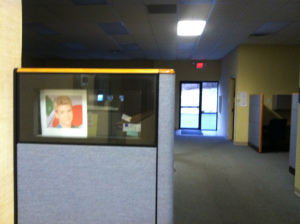Getting “unstuck” from our previous work required loads of reflection (part one). And along the way, our transformation emerged. In bits and pieces, elements of our new support model grew out of the design thinking process: empathize, define, ideate, prototype, test, repeat. Empathizing with parents was one of our most valuable lessens. After 20 years of “successful” outcomes for people with developmental disabilities, parents, who had also aged with us as we served their son or daughter over the years, were asking, “What’s next?”
“Who is going to care for my child after I’m gone?,” parents asked.
I recently sat in on a support meeting with my friend living with disabilities – and when the topic of “employment” came up it was explained to be an “initiative” by Governor Kasich:
“…to ensure that all people find a place in community through employment or volunteering- no matter how severe their disability.”
I was SO excited to hear this other disability support agency say the words “find a place in community”– it was a departure from the typical conversations spent discussing my friend’s “behaviors” or eating habits. But where the conversation led from there crushed any new momentum that could have been built from this initiative’s true intentions. Instead, staff began offering suggestions for how she could keep doing what she’s already doing – but have it appear like employment. So the day program she goes to said she could start going on day trips to volunteer in groups of other people with disabilities – calling this “career discovery.” The other day program she attends said they have office tasks around their facility, like shredding and tidying up that they can start paying her for, which will fulfill what technically it means to be “employed.” I want to be totally transparent about these workarounds because they are rampant in the disability service system- and because they are happening in part as a result of a penchant to measure for successful outcomes. Yet they don’t get people anywhere new, and they don’t bring anyone closer to success, at least not in the way most people define the term.
Had I been in that meeting and not known any other way to help my friend “find her place in the community” besides just maintaining business as usual and not upsetting the status quo, I would have left feeling defeated, angry, and spent. That was how I used to leave those meetings, before I started working at Starfire. But Starfire has given me hope as an advocate that my friend, as a person with developmental disabilities, isn’t trapped in a life no one wants. That’s because we know (and openly will say) that even in the best case scenario, propping up the status quo in disability supports is only getting people more stuck in their label of “disability,” and inching us away from any type of meaningful work.
Starfire’s work is worth working for because it seeks ways to connect people with developmental disabilities to positions that interest them, at places where they truly belong. That’s why our model is so different than most other organizations supporting people with developmental disabilities. We aren’t just after the results. What we are after is one day being able to answer that question so many parents have on their minds, by seeking out those people who might be the answer. We aren’t going to accelerate our goals and outcomes – and in turn leave behind the people with developmental disabilities. We will go at the pace of each person we support, individually.
By choosing not to serve for outcomes, we actually started to serve people with developmental disabilities, and this meant a lot about our work changed for good. It meant Starfire stopped measuring people with developmental disabilities’ “social life skills,” and started measuring whether or not a person has a social life – and how that affects their well-being, their opportunities, their lives, and our communities. It meant we couldn’t just check off boxes anymore. So we stopped measuring things like does a person make “eye-contact” – because we know that checkboxes like this do not help staff understand their work –and they don’t determine what a good life really is. Instead, what we measured had to be weighed on the scale of how well connected our members are, and how well we are doing at navigating and securing meaningful ways for them to contribute in the community. And finally, it meant staff needed to see themselves not as teachers of people with developmental disabilities, but as models of inclusion for the community –so that ordinary citizens can begin to understand what it looks like to love and include every person “as-is,” and let go of our desire to “fix.”
Adequate
Inadequate
Messy, serendipitous, risky, gradual
Tools developed by social inclusion leaders and researchers help us track change in a person’s social network, participation in the community, and well-being over time. I’d love to share them with you if you’re interested. Our staff, the member, and their family come together bi-annually to complete these instruments, which helps to educate families on our process so they can carry the work forward with us. We have been careful in our phrasing and language as well- to avoid any inadvertent devaluation through data collection.
All of this isn’t happening overnight. But when it is done in tandem with meaningful outcome measurement, the hard work can be visibly proven to pay off. Below is an graphic representation of a conversation our staff had around our data outcome system. On the left are the stories about data they are letting go of – that numbers are used for compliance and building false narratives. On the right are the stories they are letting emerge: that data can validate the small victories of our work, honor the struggle along the way, and help us claim our success. In that way – data can be freeing.
Starfire’s staff conversation around data
Today, we can say we are over half-way through our transformation from an organization that groups people into a one-size fits all service, to one that works closely with one person and their family at a time to accomplish together sustainable and personalized impact.
Today we can say we are changing lives, measurably.
Not only that, but our staff’s ability to do their job well, and family’s understanding of what we are trying to accomplish with their son or daughter is becoming clearer as we edge toward the future. On average, we have seen 75% of the people we’ve served in this new way increase their social networks and community participation during their time with us. And we are just getting started.
To do this job of outcome measurement for Starfire the way Tim has asked of me, he suggested early on that I tattoo this quote on the back of my eyelids:
“I’m not opposed to success. I just think we should accept it only if it is a byproduct of our fidelity. If our primary concern is results, we will choose to work only with those who give us good ones.” -Fr. Greg Boyle
Starfire got unstuck from what looked like successful outcomes – and that freed us up to do work that was true to our values. We saw the way that good numbers and good results can have the potential for harm. We know that when the system is detached, unaware, and devaluing of the people being counted numbers can be used to serve the system. It’s all of our responsibility to know this, and to question the data being shared. Not just so that we can know where our money is being spent, but so we can actually strive to make changes in people’s lives.











